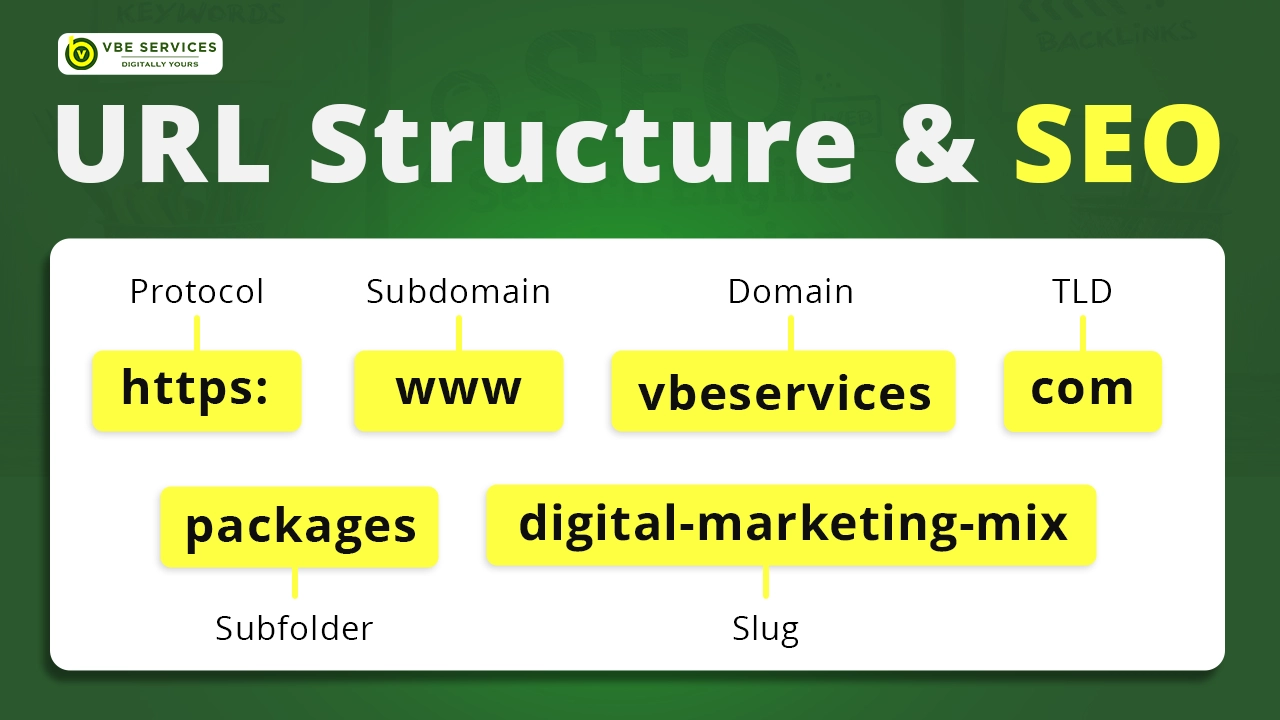

Typography in Web Design: Best Practices for Readability & Aesthetics
Typography is more than just choosing a pretty font. In web design, typography shapes the user experience, ensures content readability, and defines a website's overall aesthetics. A visually pleasing and legible website can increase user engagement, encourage longer visit durations, and influence conversion rates. That’s why every Website Design Company in Oregon, including trusted names like VBE Services, pays close attention to typographic decisions when creating user-friendly, beautiful digital experiences.
In this blog, we’ll discuss the best practices for using typography effectively in web design—from readability tips to aesthetic considerations—and explain how businesses can benefit from partnering with the Top Web Development Company in Oregon to get it right.
1. Prioritize Readability Over Style
A fancy font might look appealing in a graphic design project, but if it hampers readability on a website, it's doing more harm than good. The primary goal of website text is to be read. Therefore, always prioritize readability. Use clean, simple fonts like Sans-serif (e.g., Arial, Helvetica, Roboto) for body text because they’re easier to read on screens.
Tips for readability:
Stick to a font size of at least 16px for body text.
- Keep line length between 50–75 characters.
- Ensure proper line height (1.4 to 1.6) for optimal spacing.
- Professional teams offering website development services in Oregon often use proven typographic frameworks to balance form and function.
2. Limit the Number of Fonts
Using too many fonts can make a website look disorganized and overwhelming. As a rule of thumb, stick to 2 to 3 font families: one for headings, one for body text, and optionally one for accents or callouts.
Using multiple weights (like bold or italic) within the same font family can add variety while keeping the design consistent. A web development company in Oregon, like VBE Services, ensures that brand identity is maintained without sacrificing simplicity and harmony.
3. Maintain a Visual Hierarchy
Typography is a powerful tool for establishing visual hierarchy. It helps users understand what information is most important and guides them through the content flow.
Here’s how to create a typographic hierarchy:
- Use different font sizes for headings, subheadings, and body.
- Apply weight and color variations to draw attention.
- Leverage spacing and alignment to create distinct sections.
For example, an H1 should be significantly larger and bolder than the body text, while H2s and H3s can progressively decrease in size and weight.
Agencies like the Top Web Development Company in Oregon build clear content hierarchies that elevate user experiences and boost conversions.
4. Ensure Responsive Typography
As more users access websites via mobile devices, responsive typography is necessary. Font sizes should adapt to various screen sizes for optimal readability. CSS tools like media queries and viewport-relative units (vw, vh) can help scale text appropriately.
Using a mobile-first design strategy is a hallmark of Oregon's Best Web Development Service. By partnering with professionals like VBE Services, you can ensure your site’s typography looks great and reads well on all devices.
5. Choose Web-Safe and Accessible Fonts
Always select web-safe fonts that are universally supported across browsers. Additionally, prioritize accessibility by:
- Maintaining a high contrast ratio between text and background.
- Avoid fonts that are too decorative or difficult to distinguish.
- Provide enough spacing and avoid long, dense paragraphs.
An inclusive design ensures your content is readable by people with visual impairments, aligning your website with WCAG (Web Content Accessibility Guidelines). Accessibility isn’t just ethical — it’s good business practice and something every Website Design Company in Oregon should offer.
6. Stay Consistent Across Pages
Typography consistency improves user trust and ensures a seamless browsing experience. Implement a typography style guide that outlines the following:
Font families and sizes
- Line spacing and alignment
- Heading levels and hierarchy
- Button and link text styles
Using a style guide helps maintain consistency and simplifies future website updates and expansions—a benefit especially valued by growing businesses using website development services in Oregon.
7. Match Typography With Brand Personality
Typography is a visual extension of your brand voice. Whether you want your website to feel elegant, bold, professional, playful, or tech-savvy, there’s a font for that.
Examples:
- Serif fonts (like Georgia) feel traditional and trustworthy.
- Sans-serif fonts (like Open Sans) feel modern and minimal.
- Script fonts (used sparingly) can convey elegance and creativity.
A good Website Design Company in Oregon will help match your typography to your brand identity — a key step in building a cohesive, memorable digital presence.
Final Thoughts
Typography is one of web design's most influential — yet often underestimated — elements. From readability to aesthetics and brand alignment, it affects how users perceive and interact with your website.
If you’re planning a site redesign or launching a new website, working with an experienced Web Development Company in Oregon like VBE Services can make all the difference. As a Top Web Development Company in Oregon, they understand the nuanced art of typography and how to implement it strategically across different platforms and industries.
With its commitment to creating exceptional digital experiences, VBE Services delivers some of Oregon's Best Web Development Services. It blends form and function to create websites that perform and impress.
Ready to elevate your website’s typography and overall design?
Partner with a Website Design Company in Oregon that understands the science behind beautiful, effective typography. Connect with VBE Services today and bring your web vision to life.




